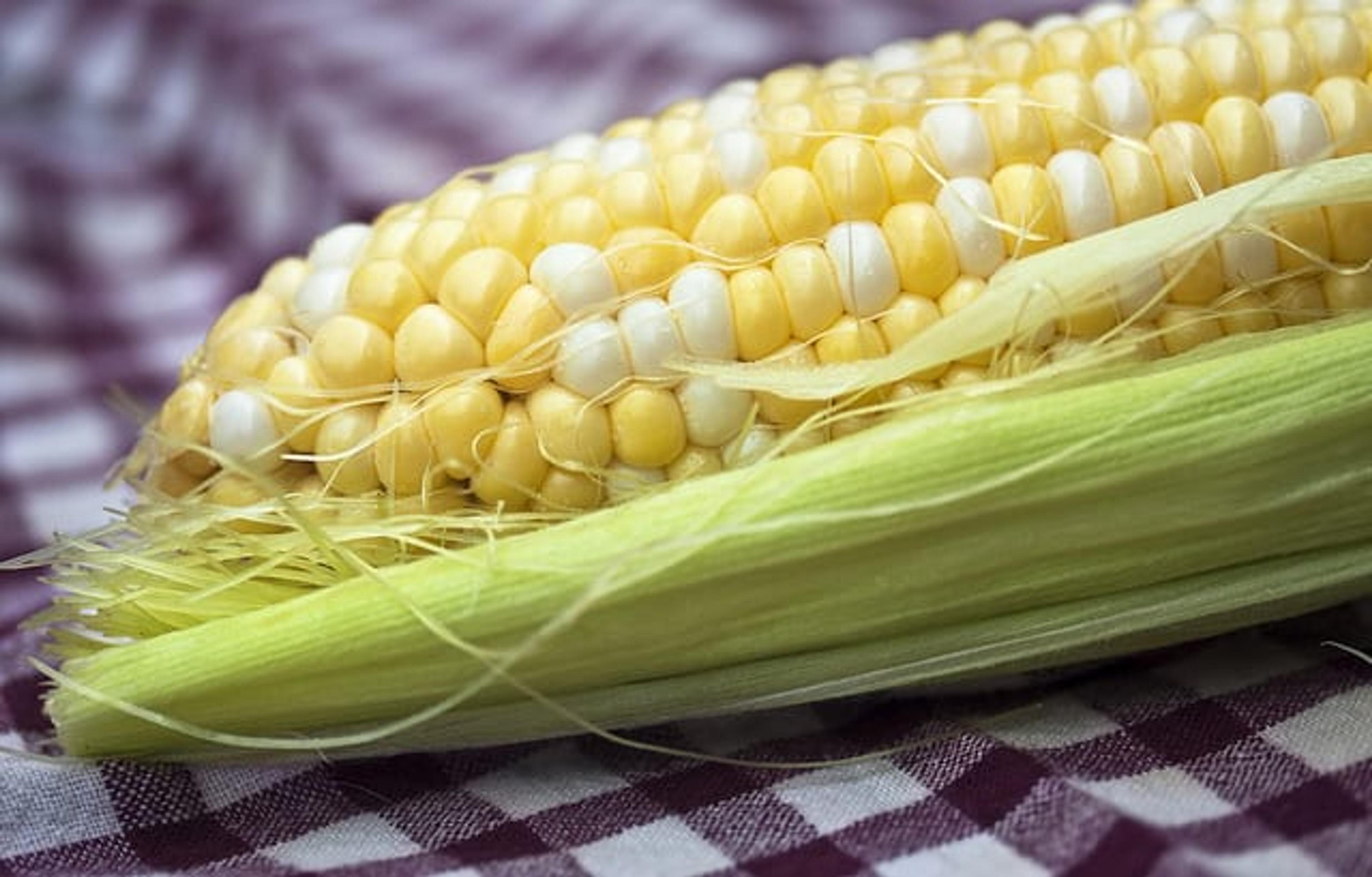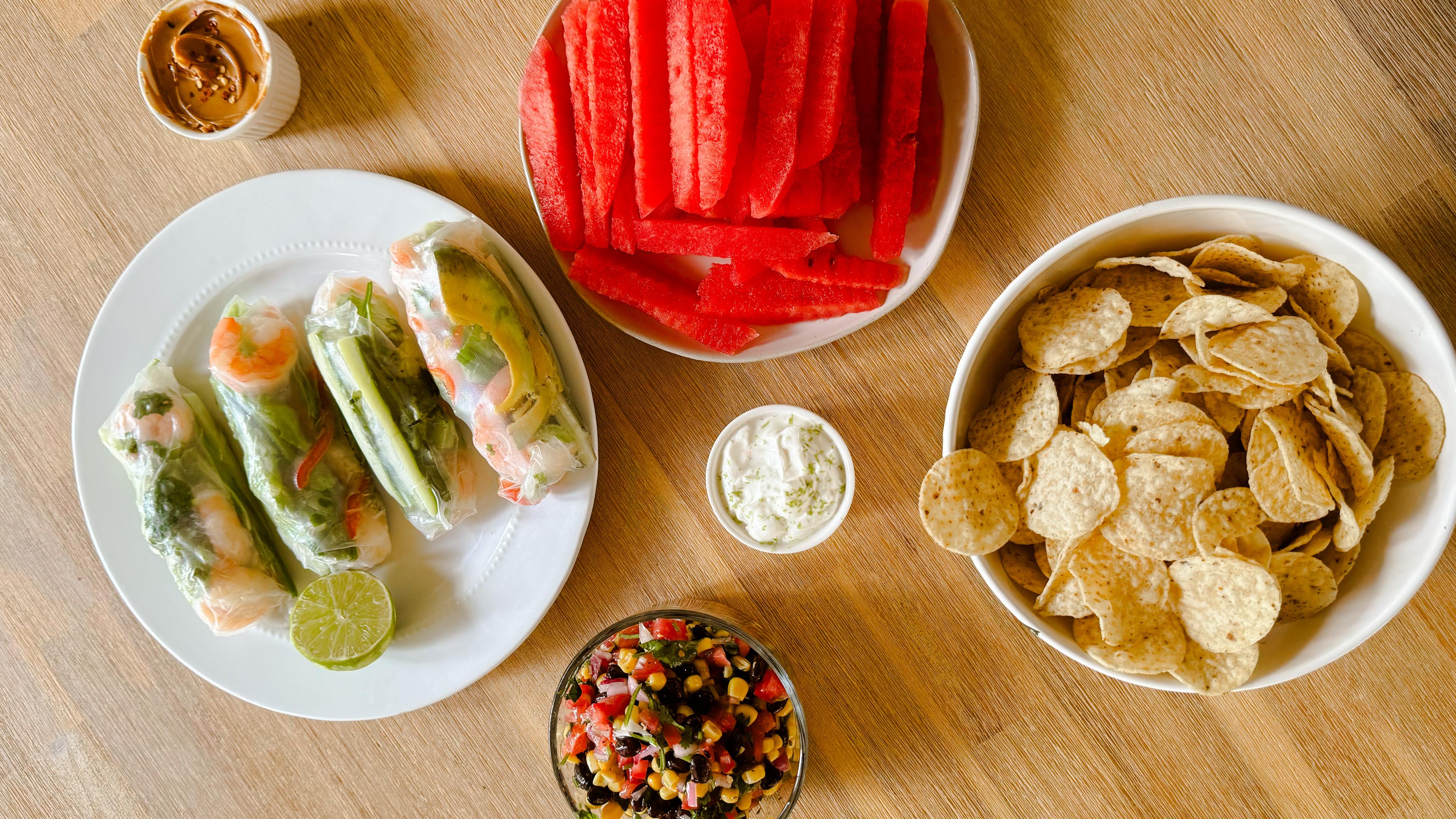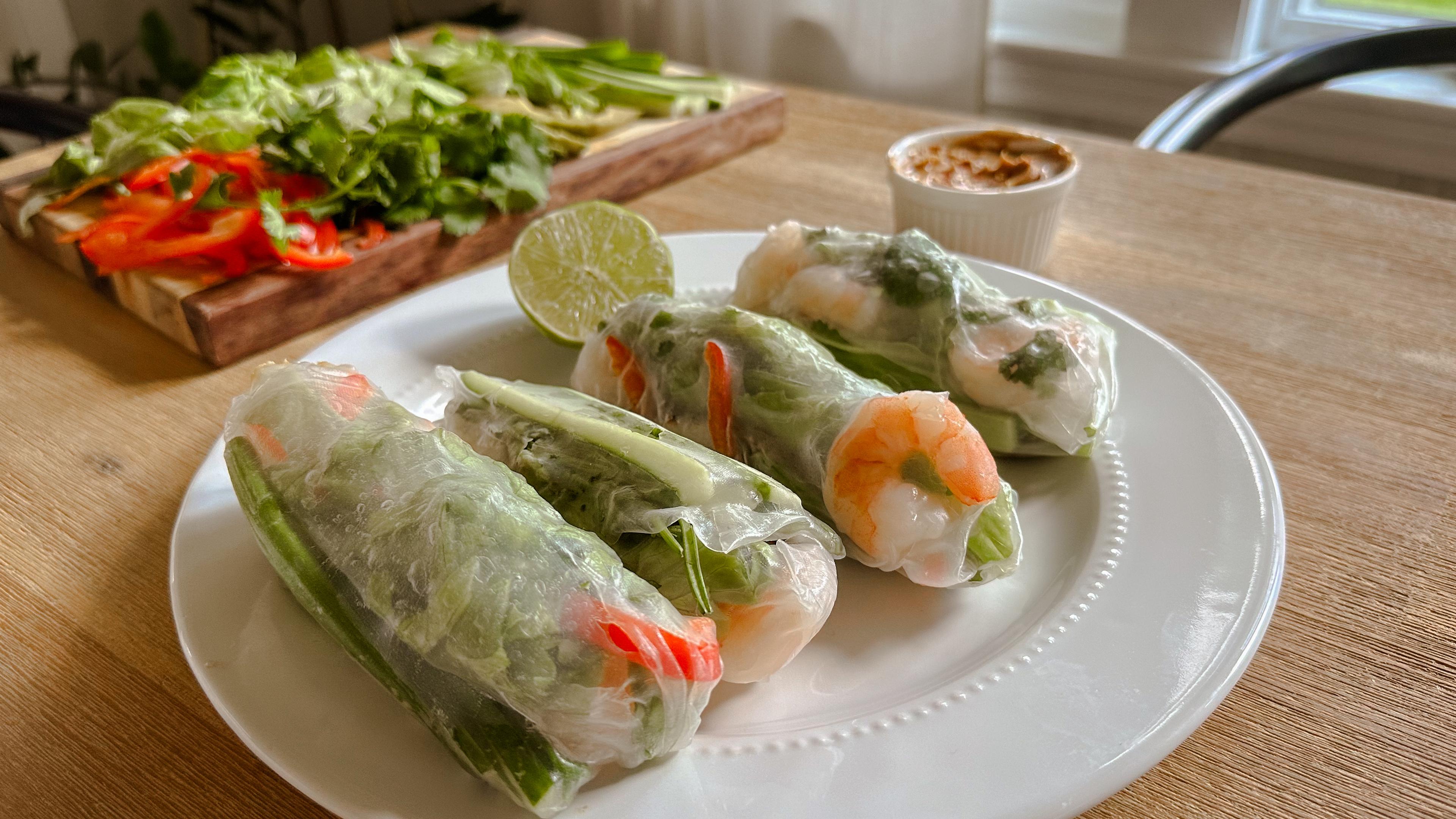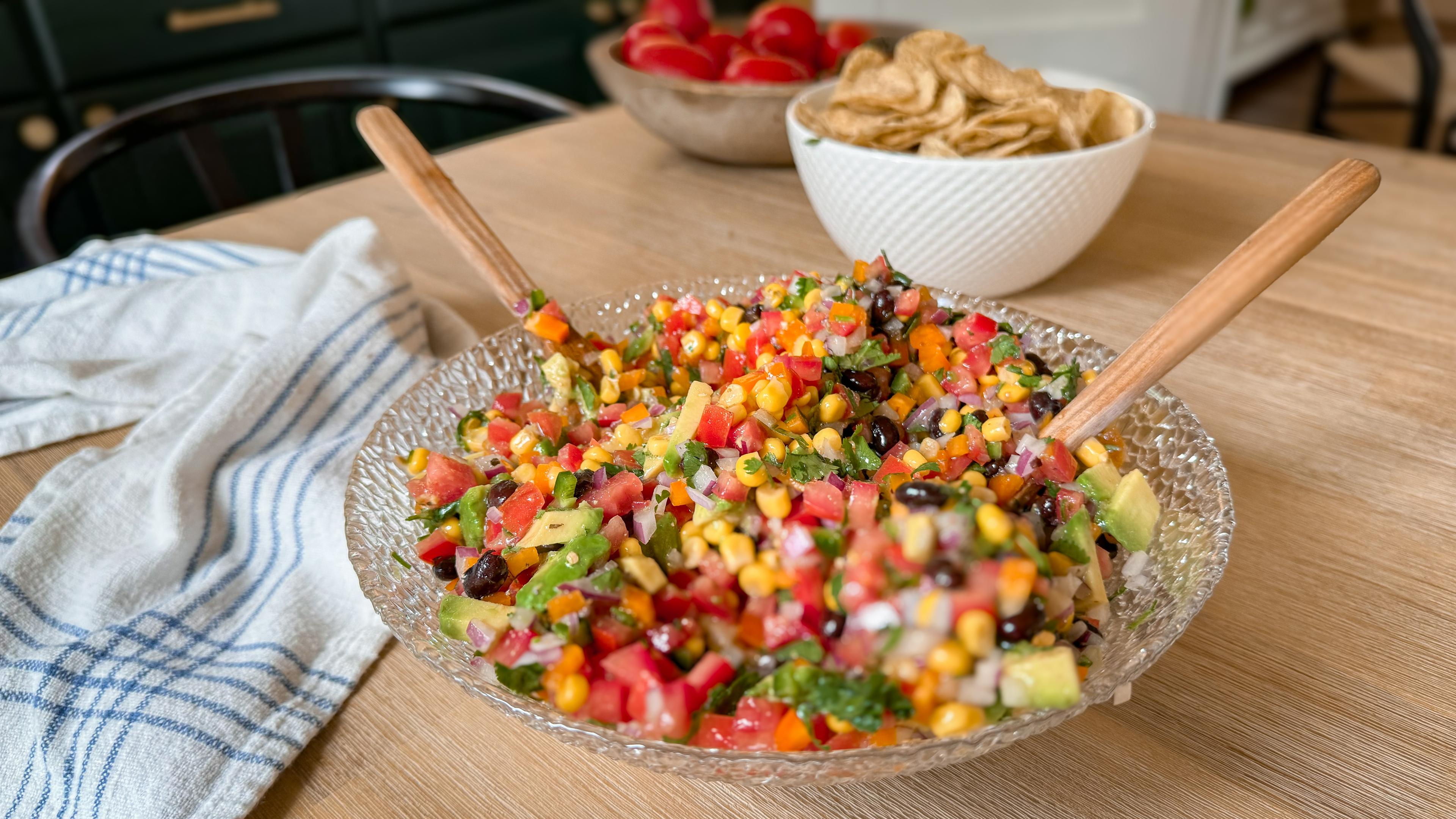GMO foods: What are they and are they safe to eat?
| 2 min read

Two weeks ago, Vermont made headlines for being the first state that could require labels on foods that contain genetically modified organisms. This renewed the debate about how safe or dangerous GMOs really are, so we decided to see what the two sides say.
First, the basics: Genetically modified organisms are crops that have had part of their DNA changed to improve the way they’re grown (for example, corn that has been adjusted so that it contains insecticide). According to an article in the New York Times, most processed food sold in this country in the last 10 years have contained GMO ingredients.
Those who are fans of GMOs say that using this technology allows crops to be grown for less, lowering the cost of food, as well as increasing how much food can be grown in an area. As a result, GMOs can help fight food shortages around the world. As for how safe they are, the World Health Organization and National Academy of Sciences say there have not been any studies showing they are harmful to those who eat them. The FDA agrees that these foods are not dangerous to eat and does not require labeling for foods that contain GMOs.
But there are those who aren’t so sure. Critics say that GMOs are not natural and that there haven’t been enough studies proving how safe it is to eat them over a long period of time. Hence the cries for labeling. Last year Whole Foods Market announced that they would label GMO-containing foods sold in their stores by 2018. And foods sold in Europe require labeling as well.
As long as the jury is still out on them, it’s worth exploring the issue and making your own decision about how comfortable you are eating GMOs.
Photo credit: liz west





